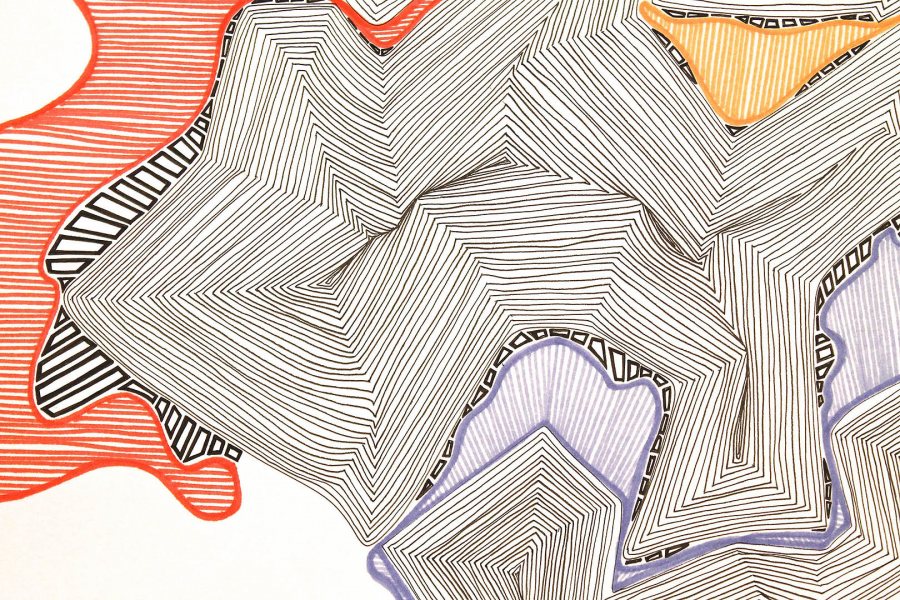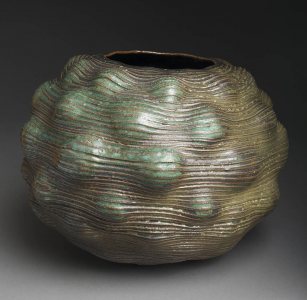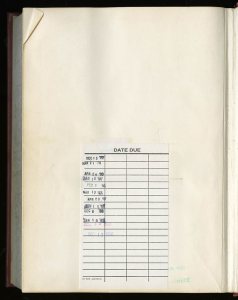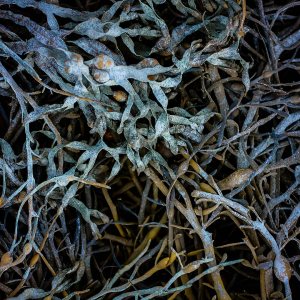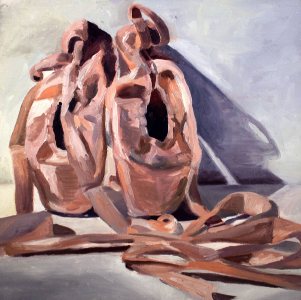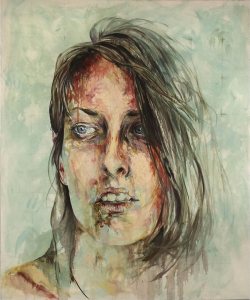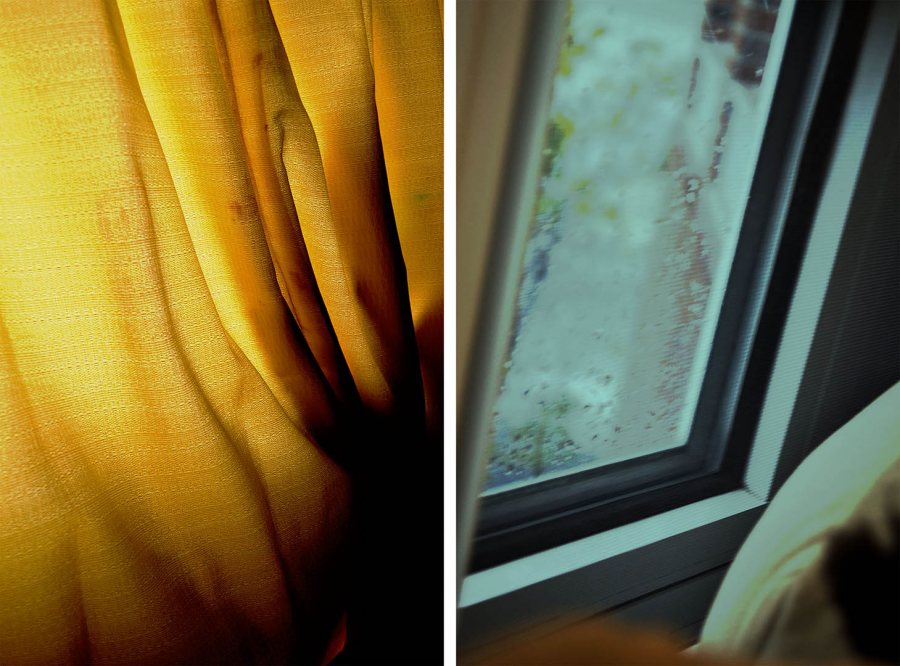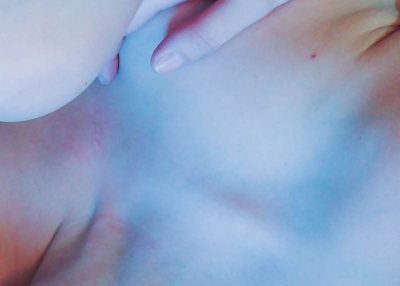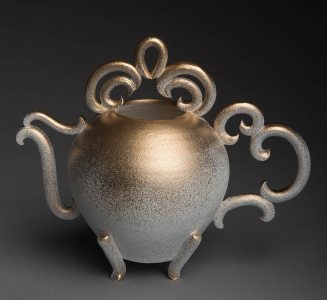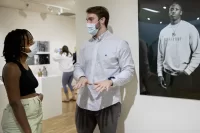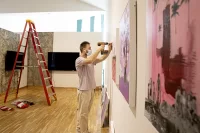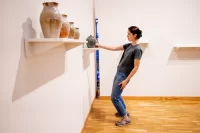
Bates College Museum of Art displays work of 11 senior art majors
Eleven studio art majors show the results of their yearlong senior thesis projects in the annual Senior Thesis Exhibition at the Bates College Museum of Art, opening with a reception from 5 to 8 p.m. Friday, April 10, 75 Russell St.
The exhibition runs through May 30. Admission is free. Regular hours are from 10 a.m. to 5 p.m. Tuesday through Saturday, but until 7 p.m. Wednesdays while Bates is in session. For more information, please call 207-786-6158 or visit bates.edu/museum.
A second exhibition, Greg Shattenberg: Prints and Drawings, is showing concurrently in the museum’s Synergy Space. Shattenberg, of Auburn, makes multimedia work exploring the use of the printed word as both an artistic and narrative element of an image.
This year’s Senior Thesis Exhibition artists are:
- Adam Ellerton of Haverhill, Mass.;
- Audrey Grauer of Encinitas, Calif.;
- Katharine Hubbard of Manhattan Beach, Calif.;
- Ayse Irem Ikizler of Nashville, Tenn.;
- Olivia Jacobs of New York City;
- Hannah McGrath of Longmeadow, Mass.;
- Emily McIlvaine of Topsfield, Mass.;
- Warwick Mortimer of Locust Valley, N.Y.;
- Sophie Pellegrini of Potomac, Md.;
- Lauren Piccirillo of Newburgh, Maine;
- and Edward Poneman of Larchmont, N.Y.
“Seniors in studio art, exploring a wide range of mediums and subjects, work in a yearlong process that culminates in the thesis exhibition,” explains Robert Feintuch, an internationally esteemed painter and a senior lecturer in art and visual culture who works with the students during the winter semester.
“Much of the work gives evidence of studio students’ interests across several majors,” he adds. “This year’s exhibition includes two-dimensional work ranging from small, intimate photographs to larger than life-sized paintings, and three-dimensional work ranging from tea kettles, influenced by rococo ceramics, to pots whose surfaces were inspired by chisel marks on the walls of Ethiopian churches.”
Here’s more about the artists and their work:
Ellerton creates large-scale photographs of the inside covers of library books. Flipping through returned art books during his time working at the circulation desk in the Bates College library, he found himself “paying more attention to the physical books themselves … bent pages, dinged corners, broken bindings, handwritten notes and the due-date cards,” he says. He scans the books, creating minimalist images that “encourage viewers to focus on the limited visual information present and read its allusions to history, to use and to the passage of time.”
Grauer photographs seaweed, capturing the decaying plant at sunrise and sunset on the ocean shore. Her prints are both a discovery of the fragile beauty of this often-overlooked presence and a commentary on the transition and the passage of time in natural processes. “What I hope to have created is more than an investigation of a somewhat ‘yucky’ and ‘slimy’ coastal plant,” she says. “My intention is to study the decay of graceful, natural life in a visual way and to invite the viewer into that process.”
Hubbard’s group of shoe paintings was inspired during one bout of artist’s block by looking down at her own dripping wet, oil paint-speckled pair of white Converse sneakers. She was initially drawn to shoes as metaphorical portraits — “the dirt marks and worn-down areas gave just as much information about a person as the folds and creases in their face,” she says. However, in depicting the forms the shoes created, like the shadows cast by soles or the negative spaces
formed by the laces, Hubbard says, “I fell in love with shoes as shoes.”
Ikizler’s large-scale portraits (“taller than I am and … wider than my wingspan,” she says) depict conventionally beautiful female faces, distorted by Ikizler’s diverse use of paint. “When the subject matter is an ideally pretty female face on a huge canvas, the way I paint her flesh and how much of it I show changes the emotional response of the viewer,” she says. “I give myself permission to be aggressive when I paint, and my actions sometimes read as physical or emotional violence. I don’t mind that people question how appropriate that aggression is, especially when it involves females — I realize that my work raises questions about the presence or absence of feminist intent.”
Jacobs’ photographs range from deliberate still-life images to spontaneous self-portraits. “I never know what my images are about until I make them,” she says. Jacobs, who is double-majoring in art and psychology, is “interested in self-awareness and the lack of it,” which both her artwork and psychology courses have allowed her to explore. Her diverse work is united by this theme of self-reflection as well as experimentation with abstraction. “My images themselves are tangible, but I am interested in creating work that references things that are naturally difficult to describe with words,” she says.
McGrath works from the small to large. Inspired by the work of artists like Yayoi Kusama and Hiroyuki Doi, who are able to create complex sensations with the repetitive use of a single mark, McGrath compulsively repeats symbols to fill individual panels, then connects trios of panels to create larger works that elicit a “strong sense of movement that engages the viewer.” While she finds it satisfying to fill entire pages obsessively, this project has been an exercise in restraint. “[This] usually means focusing the compulsive mark-making in an isolated area on the page,” she says. “And letting the drawing trickle down the panels until it feels finished on the bottom page.”
McIlvaine works with patterns and materials found in nature to bring out their innate resemblance to the human form. “When I look at wood grain, I often find that elements suggestive of the human figure leap out so strongly that they are all I can see,” she says. While some of her images of the human body are abstract, they are intended to capture the “visceral feelings of a body.” Her work is inspired by the detailed anatomical drawings of Leonardo da Vinci and other Renaissance masters. McIlvaine finds their depictions of bodily systems “both fascinatingly disgusting and wonderfully beautiful.”
Mortimer uses cropping to make abstract the subtle facial expressions in his charcoal portraits. “A slight contraction or relaxation of a subject’s facial muscles can completely change the emotional perception of a drawing or painting,” he says. “By turning my images upside down, emphasizing certain features and excluding significant information from the rest of the face and figure, I have made interpretations based on facial expressions more difficult. I have begun subtly positioning features to make formal relationships, allowing them to become more important as compositional elements.”
Pellegrini photographs a series of atmospheric, ambiguous self-portraits that she crops to show parts of the body, relying on composition, lighting and tonality to convey meaning. “My self-portraits have always been a quiet expression of vulnerability, a way to bare myself naked and unguarded,” she says. In this group of photographs Pellegrini has moved from focusing solely on self-expression to seeking a visceral reaction from her audience. She says, “Taking and sharing self-portraits has become a way for me to explore and try to understand human relationships.”
Piccirillo’s stoneware teapots are contemporary re-imaginings of the ornate teaware from 18th- and 19th-century Western and Central Europe. Drawing upon the over-the-top handles, knobs and feet of teapots from the Rococo era, she uses metallic spray paint to give her teapots a modern look while alluding to the opulent gold and silver embellishments of older teapots. Her pots are nonfunctional, which speaks to her vision that the teapot is more than kitchenware. “They have become romanticized in my eyes,” she says. “I believe that the teapot is a beautiful object that can be an art form in itself, regardless of whether or not it is conventionally functional.”
Poneman’s collection of stoneware reflects the emotional significance he attaches to the ceramic process and his affinity for forms “that feel warm, intimate and strong.” He works intuitively, making pots he describes as guided by moments “when something feels right.” Inspired by West African pottery and the chisel marks on rock-cut churches in Lalibela, Ethiopia, he incorporates texture into his work for this exhibition. “Running my hands along [the churches’] walls made me feel connected to their construction and physicality, and showed me that surfaces could tell stories,” he says.
